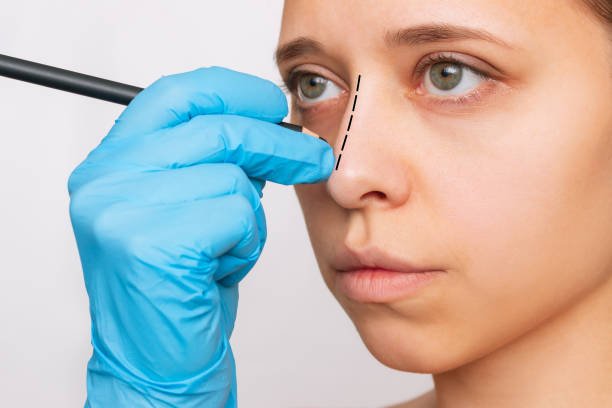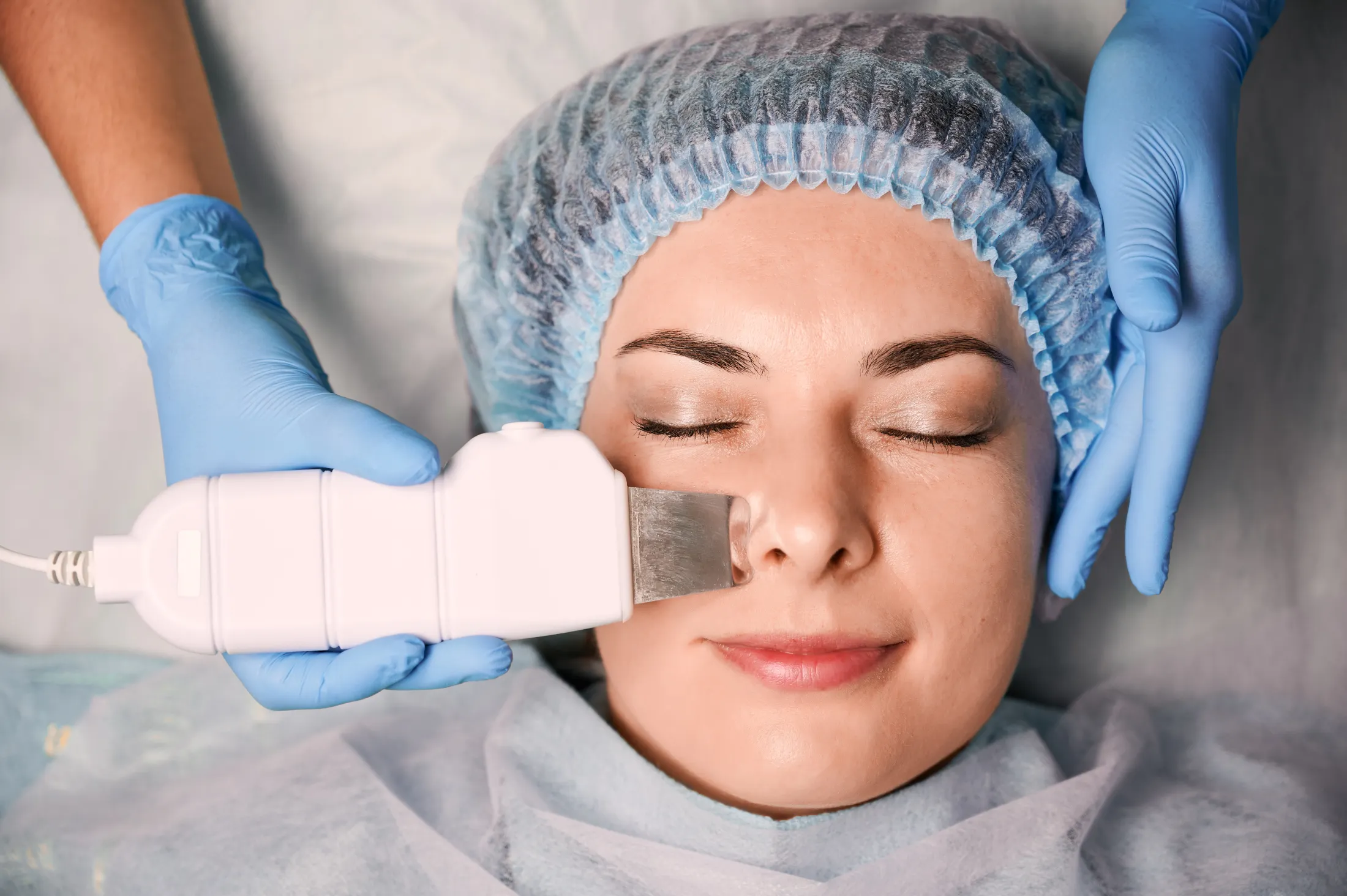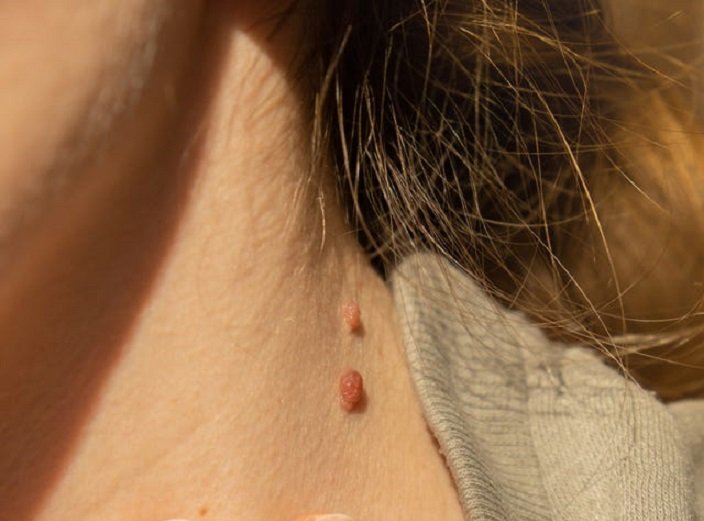Hair loss is a common concern that affects millions of people worldwide. For many, hair transplant surgery provides a solution to restore a fuller, natural-looking hairline. However, one of the most common experiences after a hair transplant is shedding. Understanding why hair transplant shedding happens and knowing how to manage it can make the recovery process smoother. In this blog, we’ll explore the causes of hair transplant shedding and effective solutions to minimise its impact.
What is Hair Transplant Shedding?
Hair transplant shedding is a natural and expected part of the post-surgery process. After undergoing a hair transplant, many patients experience a temporary shedding of both transplanted and existing hair. This shedding occurs during the first few weeks after the procedure and can last for several weeks to a few months. Despite being alarming for some, hair transplant shedding is a sign that the procedure is working. The shedding allows new hair follicles to settle into their new location, eventually leading to new, thicker hair growth.

Why Does Hair Transplant Shedding Happen?
Several factors contribute to hair transplant shedding, all of which are part of the natural cycle of hair growth.
1. Shock Loss
One of the primary reasons for hair transplant shedding is shock loss. This phenomenon occurs when the hair follicles undergo a sudden disruption due to the transplant process. The shock from the procedure can cause hair to fall out temporarily. This is particularly common for hair follicles that were already in a resting phase before the transplant. The follicles take some time to adjust to their new location and re-enter the growth cycle. Shock loss is a normal occurrence and usually resolves itself after a few weeks.
2. Hair Follicle Adjustment
After a hair transplant, the transplanted follicles need to adapt to their new environment. The process of relocating hair follicles to a new site often forces them into a resting phase, causing them to shed. The follicles eventually begin to grow new hair as they adjust to their new position. This shedding is typically short-lived and is followed by the regrowth phase, during which thicker, stronger hair grows from the transplanted follicles.
3. Trauma to the Scalp
During a hair transplant, the scalp experiences some trauma as the surgeon extracts and implants hair follicles. This trauma can trigger temporary hair loss in the surrounding hair follicles. The trauma is generally mild, but it can still cause a shedding phase as the scalp heals. This is normal and should not cause concern, as it is part of the body’s natural healing process.
4. Medication Effects
Certain medications prescribed during the recovery period, such as pain relievers or blood thinners, can also contribute to hair shedding. Some patients may experience side effects from medications like sertraline, which is known to have potential links to hair loss in some individuals. However, these effects are generally temporary, and the shedding should subside once the body adjusts to the medication.
How Long Does Hair Transplant Shedding Last?
Hair transplant shedding typically begins within the first 2-3 weeks after the procedure. During this time, patients may notice shedding of both transplanted and existing hair. However, the shedding process is not permanent. Most patients will experience a reduction in shedding after the initial few weeks, and by the third month, new hair growth will begin to replace the lost hair. Full regrowth can take up to 12 months, as the hair follicles settle and grow stronger.
The duration of hair transplant shedding varies from person to person and can depend on factors such as the individual’s hair type, the quality of the transplant, and how well they follow post-surgery care instructions.

Solutions to Minimise Hair Transplant Shedding
While hair transplant shedding is a natural part of the process, there are several ways to minimise its impact.
1. Choosing the Best Hair Transplant Clinic
One of the most effective ways to reduce the chances of excessive shedding is by choosing the best hair transplant clinic London. A reputable clinic with experienced surgeons will ensure that the procedure is carried out professionally, which can help reduce trauma to the scalp and minimise shedding. Proper technique and care during the transplant process are key to achieving long-lasting results.
2. Post-Operative Care
Following aftercare instructions carefully can help minimise shedding. Surgeons typically provide detailed post-operative care instructions, including guidelines on how to wash your hair, avoid certain activities, and protect the scalp from infection. By following these steps, you can support the healing process and help prevent complications that could lead to excessive shedding.
3. Proper Nutrition and Supplements
Nutrition plays a crucial role in hair health. After a hair transplant, it is important to maintain a balanced diet rich in vitamins and minerals that support hair growth, such as biotin, zinc, and vitamins A and D. Supplements may also be recommended to promote hair regrowth and reduce shedding.
4. Managing Stress
Stress can exacerbate hair loss and prolong the shedding phase. Practising stress management techniques such as meditation, yoga, or deep breathing exercises can help reduce stress levels and encourage hair growth. Maintaining a healthy lifestyle overall will contribute to quicker recovery and reduce the impact of shedding.
When to Seek Professional Help
While shedding is a normal part of the hair transplant process, there are instances where you should consult a professional. If you experience excessive shedding, unusual scarring, or signs of infection, it is important to seek medical advice. A reputable hair transplant clinic will offer follow-up consultations to assess your progress and address any concerns you may have.
Conclusion
Hair transplant shedding is a natural part of the hair restoration process, and while it can be concerning, it typically resolves on its own as the transplanted follicles adjust to their new environment. By understanding the causes and following the right solutions, patients can minimise shedding and enjoy the full benefits of their hair transplant procedure. If you are looking for a trusted provider, Zestige Private Healthcare offers expert hair transplant services in London to guide you through every stage of your hair restoration journey.
















Leave a Reply